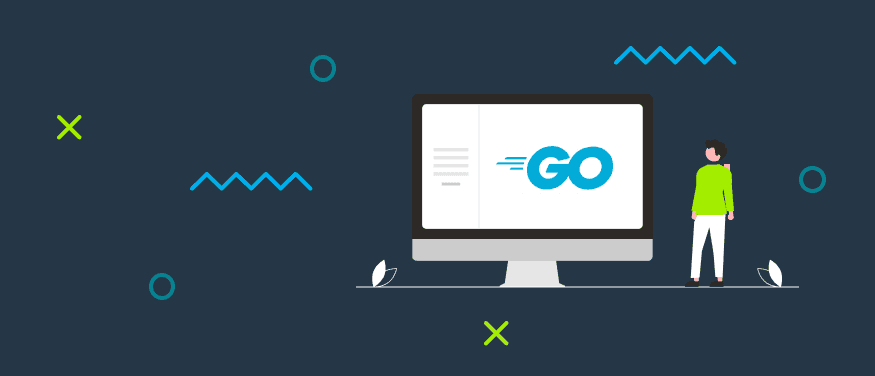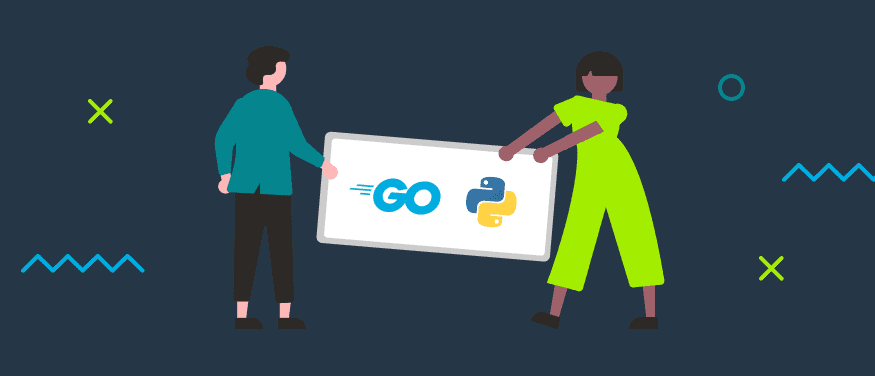Go (or Golang) is an open source programming language created by Google developers Robert Griesemer, Rob Pike, and Ken Thompson. Go has the features of statically typed languages such as high performance and type safety. It is also similar to dynamically typed/interpreted languages thanks to its conciseness, expressiveness, and good readability level.
This programming language is procedural, compiled, statically typed, and has built-in support for concurrent processing. Its main aims were to increase programming productivity among Google engineers and use Google's huge hardware resources more effectively.
Go programming language features:
-
simple and minimal syntax—the code is not complicated and developers do not have to learn new paradigms all over again,
-
easy access to development tools like:
- IDEs (GoLand, GoClipse, LiteIDE, and more),
- editors, e.g, VSCode,
- plugins such as VIM-go,
-
high performance and speed—Go is known as a fast language, and its Goroutines (lightweight threads) help it maintain this reputation.
Go advantages:
- adjusted both for high- and low-level programming,
- incorrect type usages reported during compilation time,
- oriented for building both scalable applications and complex systems,
- suitable for microservices.
What is Go used for?
Web applications—this programming language is made for building scalable and secure web applications.
Cloud computing systems—Go was successfully used for writing Docker and Kubernetes. It allows for iterative development and involves lower memory and CPU utilization.
DevOps—Golang is appreciated and willingly used by DevOps teams to automate tasks and improve the CI/CD process.





